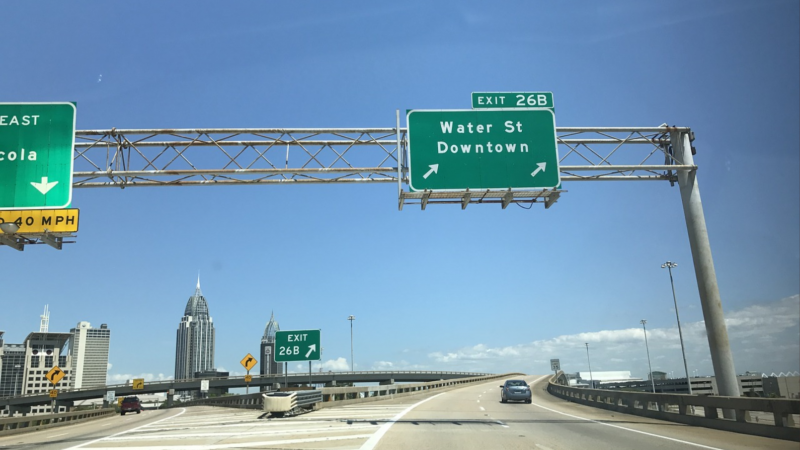
Alabama’s Census 2000 Urbanized Areas
- August 7th, 2019
Alabama’s Census 2000 Urbanized Areas
| The Census Bureau has new definitions of Urbanized Areas (UAs) based on Census 2000 data. (Please remember that an urbanized area is not the same as the incorporated city limits; neither is it the same as the metropolitan area. For a complete description of the Census 2000 definition of urbanized areas, see the March 15, 2002 Federal Register, or see the Research Brief Urban Area Criteria for Census 2000 posted at the CBER web site.)
Alabama Urbanized Areas and their UA Population Three Alabama urbanized areas have had significant changes:
As a result of Census 2000, there are 453 urbanized areas in the United States, plus a few others in Puerto Rico and the other outlying territories. This is an increase from the 405 urbanized areas based on the 1990 census. The increase results from some entirely new urbanized areas, plus some that were created from splitting existing areas, minus 29 areas that were combined, and one that failed to qualify under the new criteria. Under the new rules, many nonresidential areas that would be perceived as clearly part of the urban framework (for example, industrial, commercial, and other types of developed areas with employment) do not qualify for inclusion in a Census 2000 urban area. The Census Bureau is continuing research to determine if there are objective and consistent ways to address issues involving inclusion of nonresidential urban land uses in urban areas in future censuses. This notice also alerted readers that in the future the Federal Register will make available the lists of the urban clusters and the major airports evaluated for inclusion in qualifying urbanized areas and urban clusters. A complete list of the urbanized areas and urban clusters and the list of central places will be available from the Census Bureau’s Urban and Rural Classification Web page at: The TIGER/Line files that contain the boundaries, names, and codes of urbanized areas and urban clusters will be available from the Census Bureau’s TIGER/Line Web page at: Maps produced by the Census Bureau showing the boundaries and component geographic entities of urbanized areas and urban clusters will be available in late 2002. Data users should monitor the Rural Classification Web page mentioned above to find exactly when the maps will be available. |
